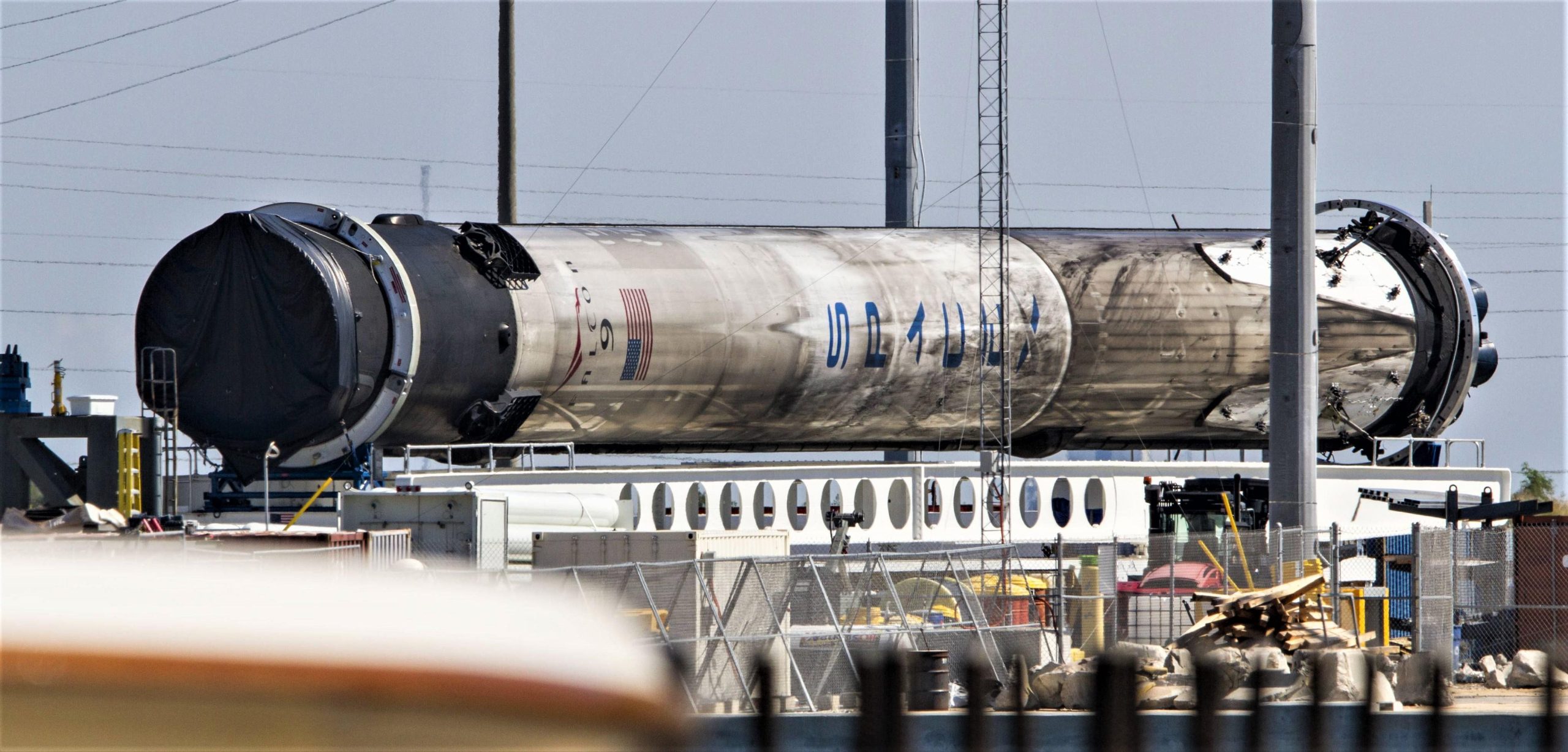
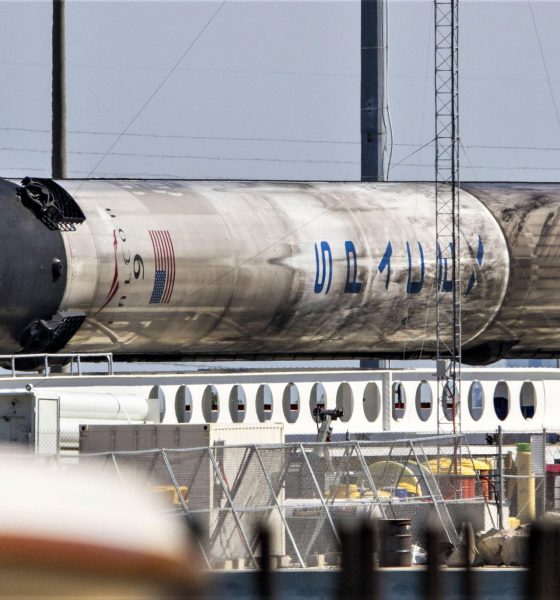
News
SpaceX’s Falcon 9 Block 5 boosters landing in great shape as competitors betray anxiety
SpaceX President and Chief Operating Officer Gwynne Shotwell has announced that the company’s upgraded Falcon 9 Block 5 rocket – debuted in May 2018 – is making its way through peak-stress launches, reentries, and landings in “much better shape than anticipated”, ultimately meaning that Falcon 9 booster refurbishment can now take as little as four weeks between flights.
At the same time, Shotwell’s industry peers and competitors continue to betray some level of real anxiety about SpaceX’s meteoric rise and technological step up with displays of hyperbolic overconfidence.
Shotwell: Falcon 9 first stages come back in much better shape than anticipated. Have refurbishment time down to four weeks; goal is still a one-day turnaround next year. #WSBW
— Jeff Foust (@jeff_foust) September 11, 2018
Speaking on a panel of launch providers at 2018’s Paris-based World Satellite Business Week conference, the discussion was rich with banter and comparatively heated comments from leaders of companies like Arianespace, ILS (International Launch Services, a commercial arm of Roscosmos), ULA, and Blue Origin, as well as SpaceX’s own Gwynne Shotwell. As effortlessly confident as ever, Shotwell’s presence and, perhaps, the general state of the industry appeared to trigger some rather brash and thoroughly entertaining fireworks from other executives.
United Launch Alliance’s Tory Bruno, CEO of a company that has literally never recovered or reused any flown hardware from one of its launches, noted that ULA’s wholly-unproven and untested strategy for reuse – unlikely to begin flight tests before the mid-2020s – would likely be superior to SpaceX’s own approach, apparently owing to the fact that the company has yet to reuse their Falcon 9 boosters dozens of times. ULA has yet to so much as announce the rocket engines it will use on its next-generation expendable rocket, known as Vulcan, expected to conduct its first-ever launch no earlier than the second half of 2020. Their current Atlas 5, Delta II, and Delta IV launch vehicles are and will remain 100% expendable up to the end of their careers.
ULA’s Tory Bruno talks up component (engine) recovery the company is planning; notes that despite SpaceX technical successes with landing and reuse, haven’t yet demonstrated ability to reuse stages large number (10-20) times. #WSBW
— Jeff Foust (@jeff_foust) September 11, 2018
Nevertheless, ILS President Kirk Pysher didn’t let Bruno steal all of the allotted braggadocio, making the humorous claim that “our customers don’t care about reusability” so long as “their launch is on time, reliable, and at the right price point”. Indeed, if one could actually launch a fully expendable rocket at a price point competitive with an organically-priced reusable rocket (i.e. no artificial inflation to recoup $1 billion of investment in the tech, which SpaceX is choosing to do), Pysher’s statement would be 100% accurate. Instead, ILS can lay claim to no more than a tiny fraction of commercial launch contracts today, dramatically hobbled by the fact that development of the company’s only potential competitive advantage – Proton Medium – has been indefinitely frozen, likely killing the rocket.
https://twitter.com/FDF/status/1039532650355204102
All things considered, Shotwell remains a breath of fresh air in an increasingly stale group, stoic, factual, and straightforward in the face of cantankerous and withering titans of the rocket industry. Speaking last week to a Masters of Business Administration class in Madrid, Spain, Shotwell bluntly and rather accurately stated that “with the advent of SpaceX, I think everyone in the industry is happy except other launch providers.” Much like other similar sessions at conferences earlier this year and otherwise, today’s conference panel of launch provider executives certainly serves to drive home just how correct the SpaceX President is.
https://twitter.com/FDF/status/1039530577454686209
For prompt updates, on-the-ground perspectives, and unique glimpses of SpaceX’s rocket recovery fleet check out our brand new LaunchPad and LandingZone newsletters!

News
Tesla launches its new branded Supercharger for Business with first active station
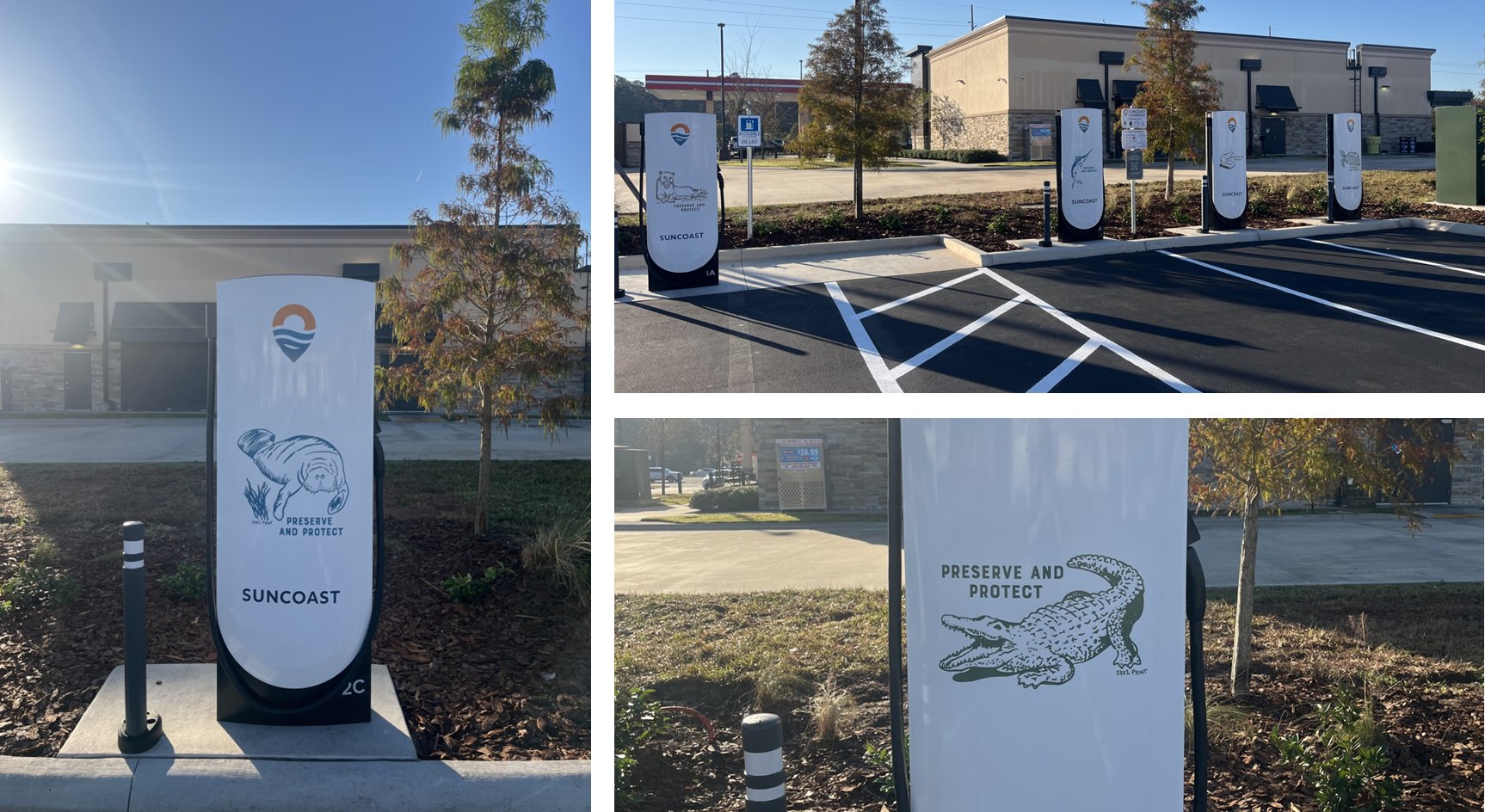
Tesla has officially launched its first branded Supercharger just months after initiating a new program that allows third-party companies to brand their own charging piles.
The site opened in Land O’ Lakes, Florida, and features eight V4 Supercharging stalls offering up to 325 kW of charging speed. It appears it was purchased by a company called Suncoast Credit Union. This particular branch is located Northeast of Tampa, which is on the Gulf of Mexico.
It features graphics of Florida animals, like alligators:
Here’s a video of the graphics being installed on the Tesla Superchargers at this site: https://t.co/oIfEPNZjAH pic.twitter.com/ENWakZ2qT9
— TESLARATI (@Teslarati) November 20, 2025
Tesla launched this program back in September, and it basically was a way to expand its Supercharger presence and also allow companies to pay for the infrastructure. Tesla maintains it. When it announced the “Supercharger for Business,” it said:
“Purchase and install Superchargers at your business. Superchargers are compatible with all electric vehicles, bringing EV drivers to your business by offering convenient, reliable charging.”
The program does a few things. Initially, it expands EV charging infrastructure and makes charging solutions more readily available for drivers. It can also attract people to those businesses specifically.
Tesla launches new Supercharger program that business owners will love
The chargers can also be branded with any logo that the business chooses, which makes them more personalized and also acts as an advertisement.
The best part is that the customers do not have to maintain anything about the Supercharger. Tesla still takes care of it and resolves any issues:
“We treat your site like we treat our sites. By providing you with a full-service package that includes network operations, preventative maintenance, and driver support, we’re able to guarantee 97% uptime–the highest in the industry.”
It appears the Superchargers will also appear within the in-car nav during routing, so they’ll be publicly available to anyone who needs to use them. They are still available to all EVs that have worked with Tesla to utilize its infrastructure, and they are not restricted to people who are only visiting the business.
Cybertruck
Tesla reveals its Cybertruck light bar installation fix
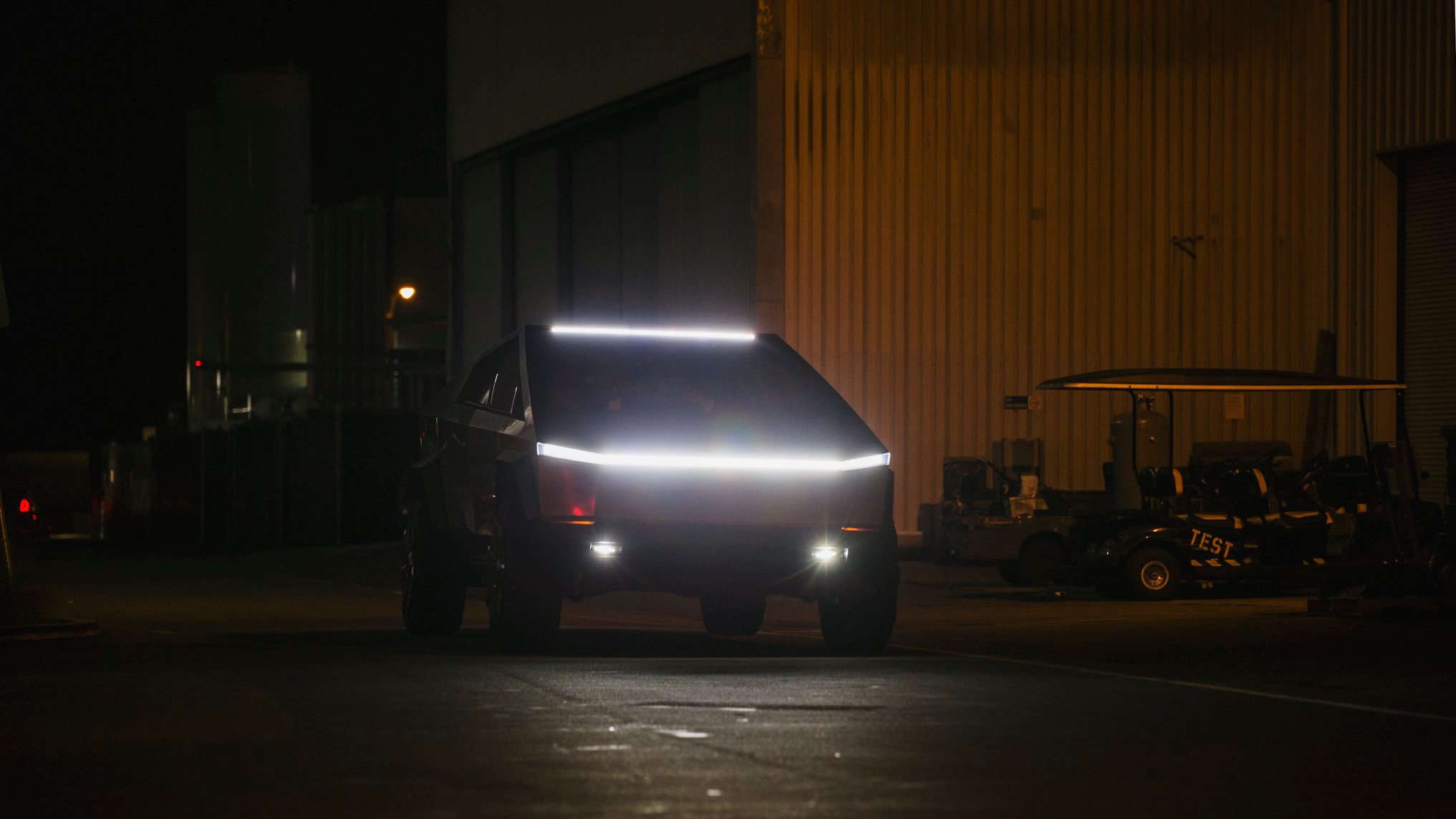
Tesla has revealed its Cybertruck light bar installation fix after a recall exposed a serious issue with the accessory.
Tesla and the National Highway Traffic Safety Administration (NHTSA) initiated a recall of 6,197 Cybertrucks back in October to resolve an issue with the Cybertruck light bar accessory. It was an issue with the adhesive that was provided by a Romanian company called Hella Romania S.R.L.
Tesla recalls 6,197 Cybertrucks for light bar adhesive issue
The issue was with the primer quality, as the recall report from the NHTSA had stated the light bar had “inadvertently attached to the windshield using the incorrect surface primer.”
Instead of trying to adhere the light bar to the Cybertruck with an adhesive, Tesla is now going to attach it with a bracketing system, which will physically mount it to the vehicle instead of relying on adhesive strips or glue.
Tesla outlines this in its new Service Bulletin, labeled SB-25-90-001, (spotted by Not a Tesla App) where it shows the light bar will be remounted more securely:
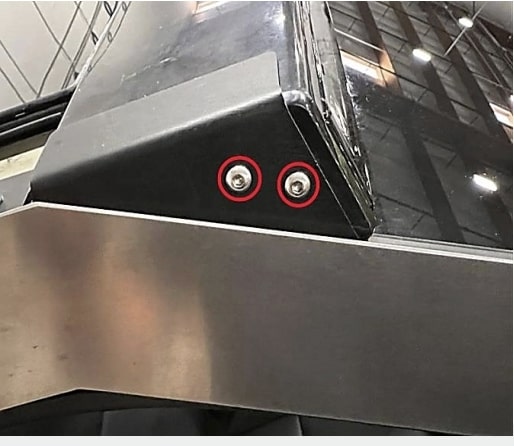
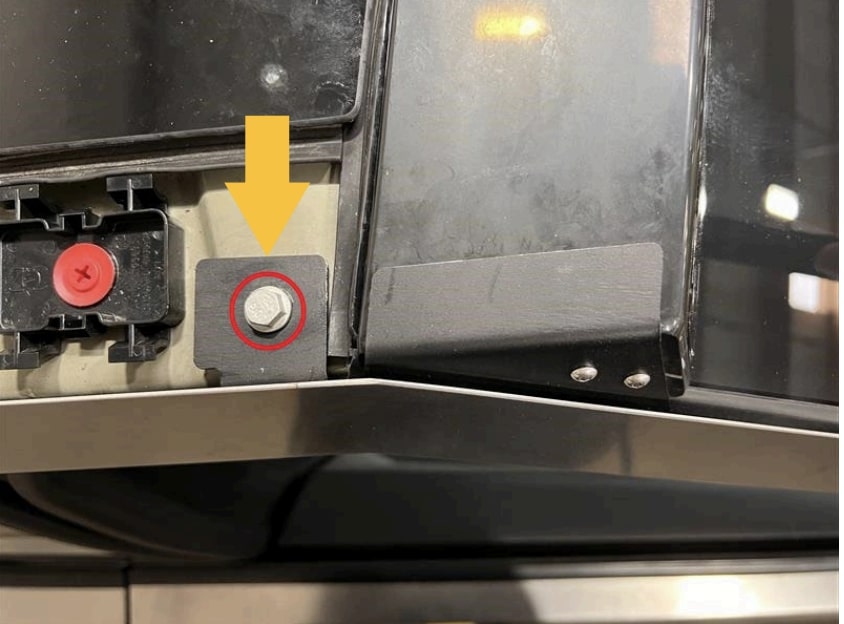
The entire process will take a few hours, but it can be completed by the Mobile Service techs, so if you have a Cybertruck that needs a light bar adjustment, it can be done without taking the vehicle to the Service Center for repair.
However, the repair will only happen if there is no delamination or damage present; then Tesla could “retrofit the service-installed optional off-road light bar accessory with a positive mechanical attachment.”
The company said it would repair the light bar at no charge to customers. The light bar issue was one that did not result in any accidents or injuries, according to the NHTSA’s report.
This was the third recall on Cybertruck this year, as one was highlighted in March for exterior trim panels detaching during operation. Another had to do with front parking lights being too bright, which was fixed with an Over-the-Air update last month.
News
Tesla is already expanding its Rental program aggressively
The program has already launched in a handful of locations, specifically, it has been confined to California for now. However, it does not seem like Tesla has any interest in keeping it restricted to the Golden State.
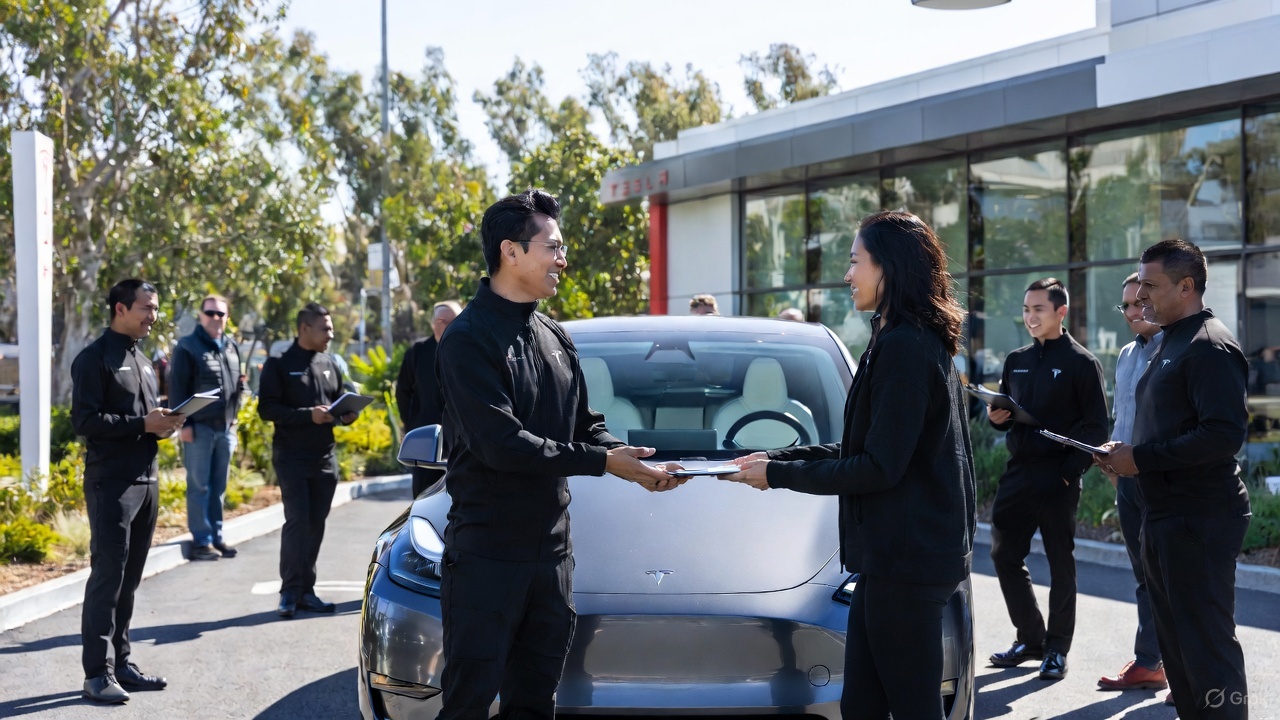
Tesla is looking to expand its Rental Program aggressively, just weeks after the program was first spotted on its Careers website.
Earlier this month, we reported on Tesla’s intention to launch a crazy new Rental program with cheap daily rates, which would give people in various locations the opportunity to borrow a vehicle in the company’s lineup with some outrageous perks.
Along with the cheap rates that start at about $60 per day, Tesla also provides free Full Self-Driving operation and free Supercharging for the duration of the rental. There are also no limits on mileage or charging, but the terms do not allow the renter to leave the state from which they are renting.
🚨🚨 If you look up details on the Tesla Rental program on Google, you’ll see a bunch of sites saying it’s because of decreasing demand 🤣 pic.twitter.com/WlSQrDJhMg
— TESLARATI (@Teslarati) November 10, 2025
The program has already launched in a handful of locations, specifically, it has been confined to California for now. However, it does not seem like Tesla has any interest in keeping it restricted to the Golden State.
Job postings from Tesla now show it is planning to launch the Rental program in at least three new states: Texas, Tennessee, and Massachusetts.
The jobs specifically are listed as a Rental Readiness Specialist, which lists the following job description:
“The Tesla Rental Program is looking for a Rental Readiness Specialist to work on one of the most progressive vehicle brands in the world. The Rental Readiness Specialist is a key contributor to the Tesla experience by coordinating the receipt of incoming new and used vehicle inventory. This position is responsible for fleet/lot management, movement of vehicles, vehicle readiness, rental invoicing, and customer hand-off. Candidates must have a high level of accountability, and personal satisfaction in doing a great job.”
It also says that those who take the position will have to charge and clean the cars, work with clients on scheduling pickups and drop-offs, and prepare the paperwork necessary to initiate the rental.
The establishment of a Rental program is big for Tesla because it not only gives people the opportunity to experience the vehicles, but it is also a new way to rent a car.
Just as the Tesla purchasing process is more streamlined and more efficient than the traditional car-buying experience, it seems this could be less painful and a new way to borrow a car for a trip instead of using your own.








